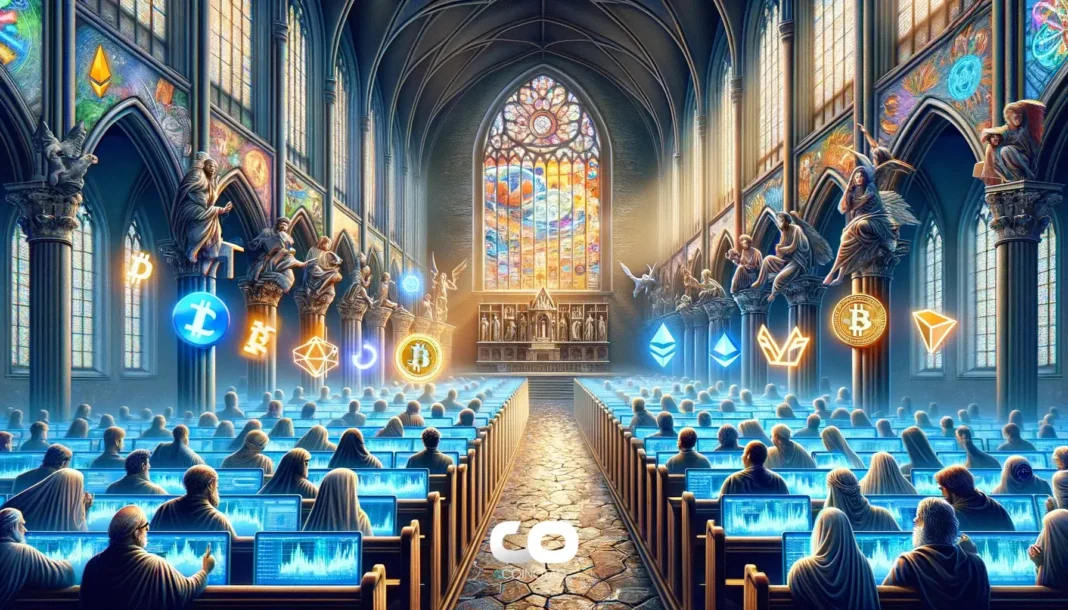-
Hyperliquid’s HYPE token has surged over 300% in recent months, positioning the platform as a dominant force in the decentralized perpetuals market.
-
Despite impressive growth and a $38 billion valuation, concerns about the network’s limited decentralization and validator count have sparked debate over its long-term sustainability.
-
According to COINOTAG, 97% of protocol fee revenue is reinvested into HYPE buybacks, aligning token incentives closely with platform growth and user engagement.
Hyperliquid’s HYPE token climbs 300%, leading DEX perpetuals with $420M daily volume, but questions over decentralization and valuation remain.
Hyperliquid’s Market Leadership and Rapid Growth in Decentralized Perpetuals
Since its inception, Hyperliquid has rapidly ascended to become a key player in decentralized finance, particularly in the perpetual contracts segment. The platform now processes over 70% of decentralized exchange (DEX) perpetual volume, a remarkable feat that underscores its growing influence. With a total value locked (TVL) of $1.75 billion and daily trading volumes exceeding $420 million, Hyperliquid ranks among the top decentralized exchanges globally.
This growth is fueled by the platform’s innovative approach to trading, which combines the transparency and self-custody benefits of decentralized exchanges with the speed and user experience typically associated with centralized platforms. The surge in user adoption—now surpassing 500,000 active traders—reflects strong market confidence, further bolstered by institutional interest such as Nasdaq-listed Lion Group’s $600 million treasury allocation in HYPE tokens.
Technical Foundations and Network Architecture of Hyperliquid
At the core of Hyperliquid’s performance is its proprietary layer-1 blockchain, which utilizes a variant of Byzantine fault tolerance consensus known as HyperBFT. This consensus mechanism enables the network to claim transaction speeds up to 200,000 per second, positioning it among the fastest blockchains currently operating. However, this high throughput is achieved with a trade-off: the network operates with only 21 delegated validators, a figure that raises valid concerns about decentralization and resilience compared to networks like Ethereum, which maintain thousands of nodes.
The platform’s design also emphasizes efficiency by offering perpetual contracts tied to token prices rather than the tokens themselves. While this reduces bridging complexity and enhances trading speed, it introduces dependencies on price oracles and funding rate mechanisms, which must remain robust to maintain market integrity.
HYPE Tokenomics: Balancing Growth with Investor Incentives
The HYPE token launched via a historic airdrop in November 2024, distributing 31% of its 1 billion token supply directly to users. This approach fostered early adoption and community engagement, with the token’s market capitalization reaching $12.4 billion and a fully diluted valuation near $38 billion within months. HYPE serves dual roles as both the gas token for transaction fees and the governance asset for the Hyperliquid blockchain.
Crucially, the protocol reinvests approximately 97% of its fee revenue into HYPE buybacks, a mechanism designed to support token value and align stakeholder interests. The circulating supply remains limited at 34%, with significant portions reserved for team vesting and community rewards, which tempers inflationary pressures and supports long-term value accrual.
Market Sentiment and Valuation Debates
Despite strong fundamentals, some industry voices express skepticism regarding HYPE’s valuation. Simon Dedic, CEO of Moonrock Capital, questioned the risk-reward balance at a nearly $50 billion fully diluted valuation, highlighting concerns about potential overvaluation in the current market environment. Conversely, analysts like Ansem argue that the valuation reflects Hyperliquid’s dominant market share in decentralized perpetuals and its growth potential, especially if regulatory clarity improves in key jurisdictions such as the United States.
Moreover, the tokenomics structure, absence of venture capital pressure, and ongoing buyback programs suggest a carefully managed ecosystem that prioritizes sustainable growth over short-term speculation.
Risks and Future Outlook for Hyperliquid
While Hyperliquid’s rapid expansion and innovative technology offer promising prospects, the platform’s limited decentralization remains a critical risk factor. Centralization can expose the network to vulnerabilities, including censorship, validator collusion, or single points of failure. Historically, decentralized platforms have gained user trust through resilience and transparency, attributes that may be challenged if Hyperliquid’s validator count remains low.
Investors and users should weigh these risks against the platform’s performance metrics and growth trajectory. The coming months will be pivotal in determining whether Hyperliquid can maintain its market leadership while addressing decentralization concerns and expanding its ecosystem.
Conclusion
Hyperliquid’s HYPE token exemplifies a compelling blend of rapid growth, innovative technology, and strategic tokenomics, positioning it as a leader in the decentralized perpetuals market. However, the platform’s relatively centralized validator structure and high valuation invite cautious scrutiny. For long-term investors and users, the key will be monitoring how Hyperliquid balances scalability, decentralization, and market expansion to sustain its momentum in an increasingly competitive DeFi landscape.







